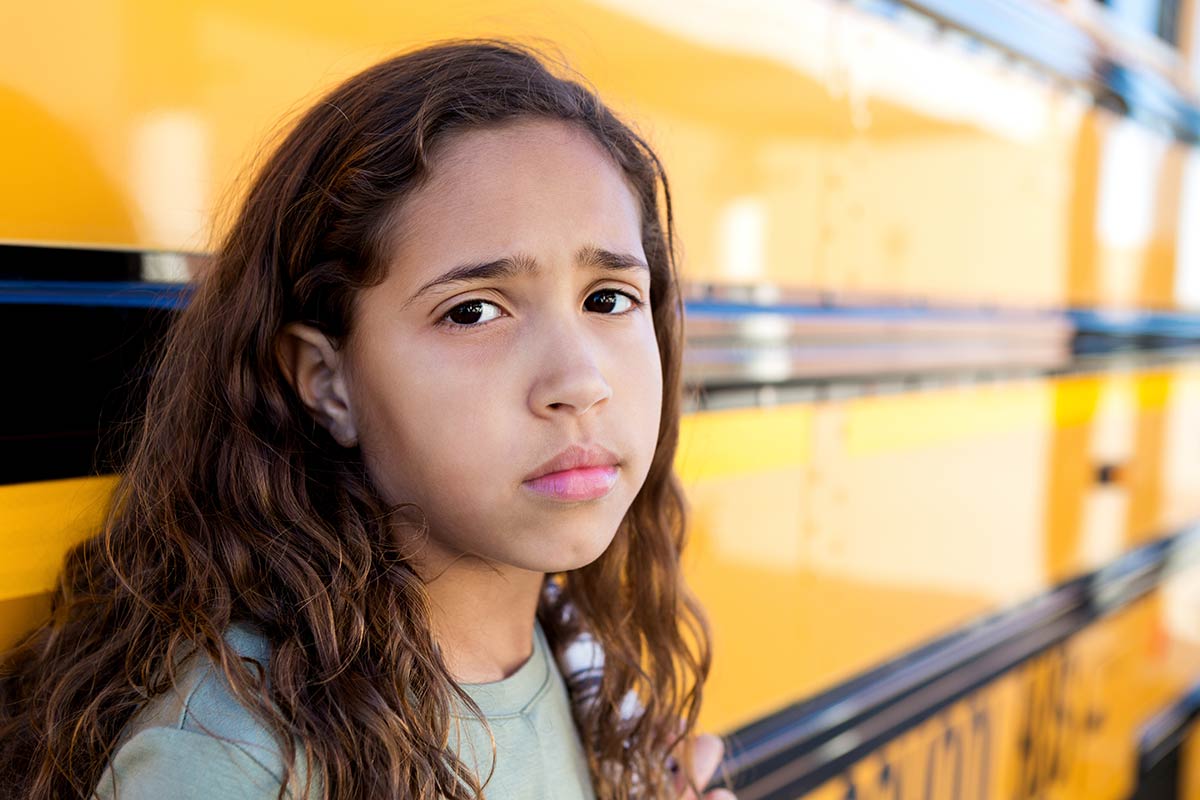Is spanking an acceptable form of discipline, or is it considered abuse?
Spanking is a form of discipline known as “corporal punishment” (CP), and its efficacy and morality have been long debated by parents, psychologists, and parenting experts. Corporal punishments include all types of physical punishment, including spanking, slapping, pinching, pulling, twisting, and hitting with an object. It can also apply to forcing children to consume unpleasant substances such as soap, hot sauce, or hot peppers.
Although there are laws acknowledging and, to some extent preventing the use of CP inside and outside of institutions in the U.S., discussion continues to surround its legality and appropriateness as a discipline tactic.
Legally Speaking
In the United States, CP is recognized legally on a federal level. However, many state laws still vary on the types of physical punishments allowed. 23 U.S. states either expressly allow or don’t explicitly prohibit the use of CP in schools. However, in all 50 states, some forms of and situations regarding the use of CP are legal.
The legality surrounding the determination of child abuse vs. CP varies from state to state, depending on the specific circumstances of each case. The approaches also vary greatly, illustrating the vulnerability of its use by parents, school officials, and any other child authorities. For example, in California, spanking (or inflicting other forms of CP on) a child is not illegal as long as it’s not excessive. This means that the (potentially corporal) punishment was not cruel, inhuman, or resulted in a traumatic condition, wound, or other bodily injury.
What The Experts Say
Although the specifics of these punishments vary by state, the mental, physical, and legal risks of this type of punishment remain high and are not recommended for multiple reasons by many professionals. Here are some of their reasons:
It Worsens Behavior
Research has shown that CP works in the short term for immediate compliance, but changes in behavior rarely happen. The behavior will often worsen over time, potentially leading to more aggressive behavior in the long term. Portraying violence as a way to solve problems can lead to bullying, dating violence, and other potential physical altercation issues.
It’s Lowers Cognitive Ability
Studies have also shown that children receiving CP often perform poorly in school and potentially later in their careers. Even after controlling the education and occupation of respondents, researchers found that the more CP a child endured, the less likely they were to graduate from college. Another study with similar controls found that the more CP, the lower the probability of the respondent being in the top fifth of the occupational and income distribution for the United States.
It Can Damage Relationships
Physical punishments also can damage relationships between children and their parents, caregivers, or other authority figures. In addition to presenting violence as a solution, it also lessens trust, stability, safety, and security. This can lead to a lack in the development of skills to maintain healthy relationships in the future as well.
It’s Associated with Mental Illness
Physical punishment also leaves lasting mental effects as well. Research has shown that children that experience CP are likely to develop mental health disorders. Moreover, one study reported that cruel physical punishment was associated with increased risks of mood, personality, and anxiety disorders, as well as substance abuse.
Alternatives
CP is a type of discipline that emits a level of control over children, which should not be the goal of discipline. Instead, it’s better to learn and practice strategies that inspire children to learn from their mistakes while also cultivating healthy interpersonal skills. Here are some alternatives to CP that could potentially be more effective:
- Taking away children’s privileges to fun items such as video games, toys, or electronics
- Place them in a time-out
- If they hurt another person, make them apologize or perform another action that will make amends.
- Apply logical consequences to actions. I.e., if they break something on purpose or accident doing something they shouldn’t, you can have them perform chores to earn money to fix it.
- Use positive reinforcement. This will encourage good behavior, exemplify that they aren’t in danger if something goes wrong, and have a trust system to fall back on if needed. You can also employ a reward system that highlights good behaviors and incentivizes them to continue.
Despite physical and mental health warnings, CP is still legal across all 50 states. Some states have worked to abolish it in some situations and settings, but it continues to be a proponent form of discipline in the country. However, society is starting to make a change toward alternative forms of punishment. One study found that between 1993 and 2017, the percentage of parents that spanked their children reduced from 50% to 35%. As time progresses and more options and strategies surrounding discipline become available, regulations surrounding CP may become stricter.
Recommended reading: Explore Understanding the Differences Between Discipline vs. Abuse to learn more about this subject and to determine when discipline crosses the line into physical abuse that should be reported.



